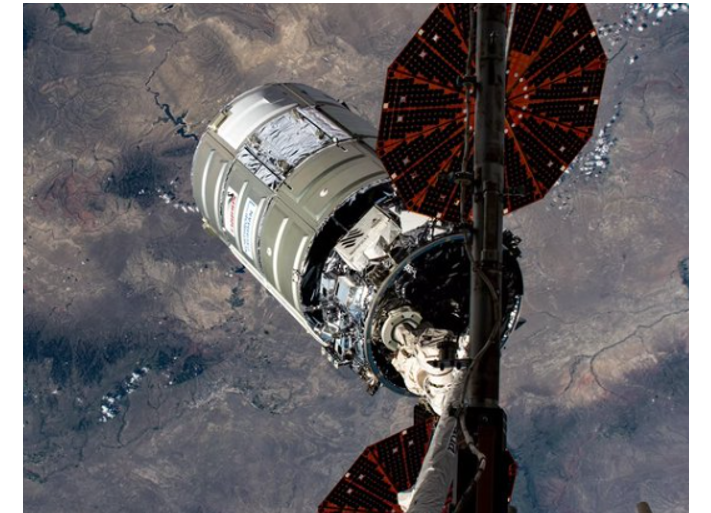SpaceX launches powerful Starship for third time into space
15-Mar-2024The rocket flew halfway around the world and accomplished new manoeuvres but broke apart on re-entry.

Elon Musk’s SpaceX has successfully carried out the longest test flight of its massive Starship rocket, but it disintegrated on its return to Earth. The module was destroyed while approaching its landing point in the Indian Ocean.
The test flight was the third for Musk and SpaceX, and its Starship rocket travelled halfway around the Earth before it re-entered the atmosphere.
The rocket, which consists of a spacecraft also called Starship, and a rocket booster known as the Super Heavy took off from SpaceX’s private Starbase facility in Boca Chica, Texas, at 8:25am (13:25 GMT).
The rocket successfully opened and closed its payload doors while in orbit, performed the transfer of super-cooled rocket propellant from one fuel tank to another and executed a flip manoeuvre with its Super Heavy booster to initiate its return to Earth. These accomplishments have the potential to revolutionise space transportation and support NASA’s mission to send astronauts back to the moon, analysts said.
Forty-five minutes after the launch, Starship started its descent into Earth’s atmosphere, heading towards splashdown in the Indian Ocean.
Starship reached an altitude of more than 200km (125 miles) as it coasted across the Atlantic and South Africa before approaching the Indian Ocean.
NASA wants to use Starship to put astronauts back on the moon for the first time in more than 50 years as part of its Artemis programme. In 2021, the US space agency awarded SpaceX a $2.89bn contract for this mission, followed by an additional $1bn agreement.







